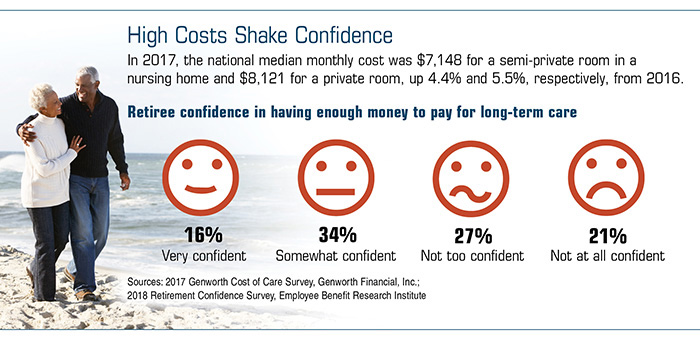Getting My Pacific Prime To Work
Getting My Pacific Prime To Work
Blog Article
Pacific Prime Can Be Fun For Everyone
Table of ContentsThe Only Guide to Pacific PrimePacific Prime Can Be Fun For AnyoneSome Known Facts About Pacific Prime.Some Known Questions About Pacific Prime.The smart Trick of Pacific Prime That Nobody is Discussing

This is since the data were collected for a period of solid economic performance. Of the approximated 42 million individuals that were uninsured, almost regarding 420,000 (about 1 percent) were under 65 years old, the age at which most Americans end up being qualified for Medicare; 32 million were adults in between ages 18 and 65, about 19 percent of all grownups in this age; and 10 million were children under 18 years of age, regarding 13.9 percent of all kids (Mills, 2000).
These estimates of the number of individuals uninsured are generated from the yearly March Supplement to the Current Populace Study (CPS), conducted by the Census Bureau. Unless or else noted, nationwide estimates of people without medical insurance and percentages of the population with different type of protection are based on the CPS, one of the most extensively made use of source of estimates of insurance policy protection and uninsurance prices.
How Pacific Prime can Save You Time, Stress, and Money.

Still, the CPS is particularly valuable due to the fact that it creates annual estimates fairly rapidly, reporting the previous year's insurance protection approximates each September, and because it is the basis for a consistent set of price quotes for greater than two decades, enabling evaluation of trends in protection over time. For these factors, along with the substantial use the CPS in various other studies of insurance protection that are provided next page in this report, we rely upon CPS quotes, with constraints noted.

The price quote of the number of uninsured people increases when a populace's insurance policy condition is tracked for numerous years. Over a three-year period beginning early in 1993, 72 million people, 29 percent of the united state population, lacked insurance coverage for at least one month. Within a single year (1994 ), 53 million individuals experienced at the very least a month without insurance coverage (Bennefield, 1998a)
6 out of every ten without insurance adults are themselves utilized. Working does improve the chance that one and one's household members will certainly have insurance, it is not an assurance. Even members of family members with two full-time breadwinner have practically a one-in-ten opportunity of being uninsured (9.1 percent without insurance rate) (Hoffman and Pohl, 2000).
The Buzz on Pacific Prime
New immigrants make up a substantial percentage of people without medical insurance. One analysis has connected a substantial section of the current development in the size of the U.S. uninsured populace to immigrants who arrived in the country between 1994 and 1998 (Camarota and Edwards, 2000). Recent immigrants (those who involved the USA within the past four years) do have a high rate of being without insurance (46 percent), yet they and their children account for just 6 percent of those without insurance nationally (Holahan et al., 2001).
The partnership in between medical insurance and access to care is well developed, as recorded later on in this phase. Although the partnership between medical insurance and wellness results is neither direct nor basic, an extensive clinical and health services research study literature links health insurance protection to better accessibility to care, far better top quality, and enhanced personal and population health standing.
Degrees of analysis for checking out the impacts of uninsurance. It concentrates specifically on those without any kind of health and wellness insurance for any size of time.
The 4-Minute Rule for Pacific Prime
The troubles faced by the underinsured are in some respects similar to those faced by the without insurance, although they are generally much less serious. Health and wellness insurance coverage, nevertheless, is neither necessary neither sufficient to gain access to clinical services. The independent and straight effect of wellness insurance policy protection on access to health and wellness solutions is well established.
Others will obtain the healthcare they require even without wellness insurance policy, by spending for it out of pocket or seeking it from service providers that offer treatment cost-free or at extremely subsidized prices. For still others, health insurance policy alone does not guarantee receipt of treatment due to other nonfinancial obstacles, such as a lack of healthcare companies in their neighborhood, minimal accessibility to transportation, illiteracy, or etymological and cultural distinctions.
About Pacific Prime
Formal research study regarding without insurance populaces in the USA dates to the late 1920s and early 1930s when the Board on the Cost of Medical Treatment generated a series of reports concerning funding doctor workplace check outs and hospital stays. This concern came to be significant as the varieties of clinically indigent climbed up throughout the Great Depression.
Report this page